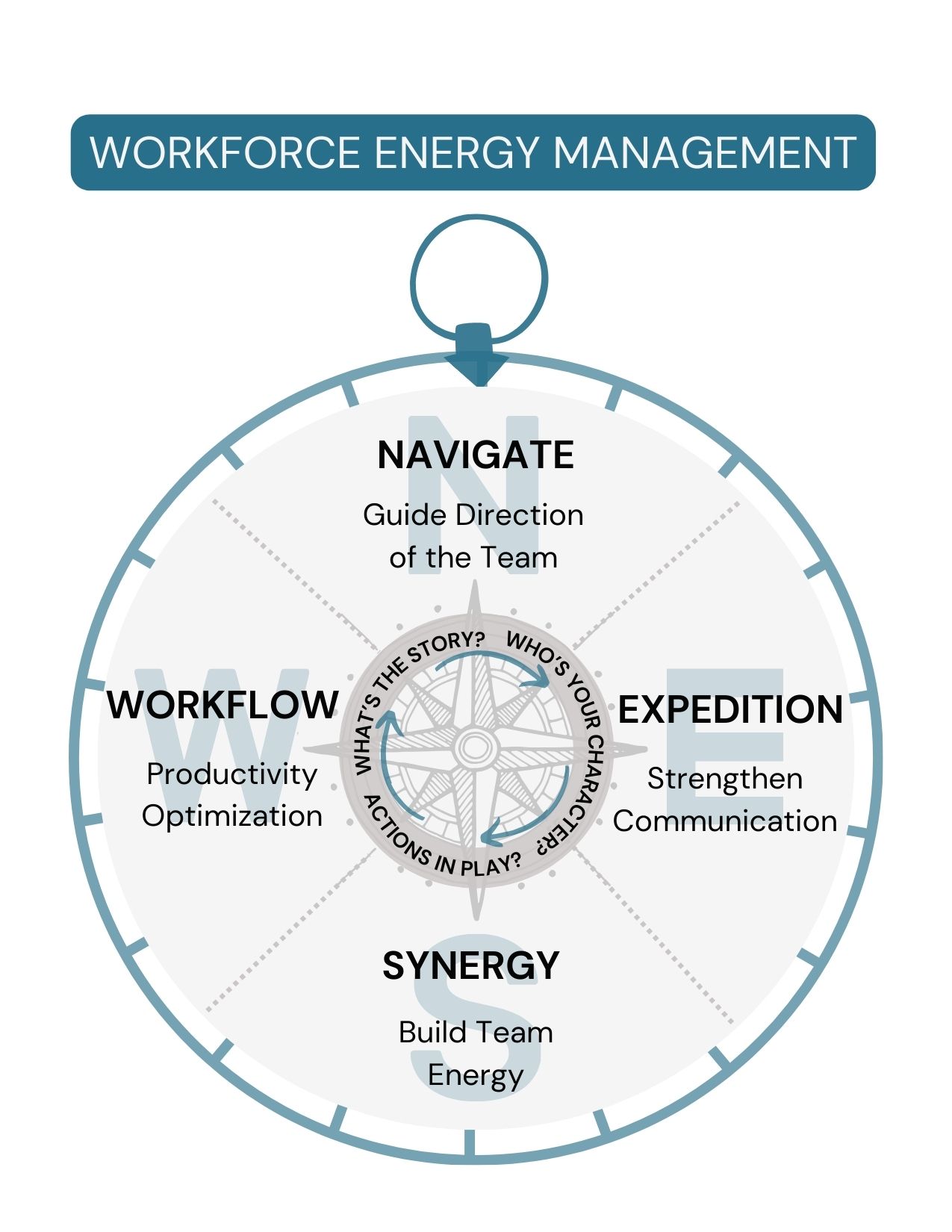Tools & Strategies to Drive Change
Mar 10, 2025Change is inevitable in any organization, but leading it effectively requires the right tools and strategies. To move beyond resistance and create lasting impact, leaders must leverage structured approaches that align with human behavior. Below are five essential tools to drive meaningful change, each offering a practical way to engage teams and sustain momentum. Check out the webinar replay here: Path to Progress
Predictable Behaviors in Change (DISC Work Styles)
Understanding how individuals respond to change is key to effective leadership. The DISC work styles framework categorizes behavior into four types—Dominance, Influence, Supportive, and Compliance. Each style reacts differently to change:
-
D-Types: Want results and fast action.
-
I-Types: Need engagement and social buy-in.
-
S-Types: Prefer stability and gradual transitions.
-
C-Types: Require data and detailed planning.
By identifying work styles, leaders can tailor communication and support strategies to ensure smoother transitions and minimize resistance.
Eisenhower ENERGY Matrix
The Eisenhower Matrix helps prioritize tasks, but an ENERGY adaptation enhances its impact during change. This version categorizes tasks based on both urgency and energy levels, helping teams focus on:
-
High Impact, High Energy: Immediate action for meaningful results.
-
Low Impact, High Energy: Tasks that engage but need delegation.
-
High Impact, Low Energy: Strategic efforts requiring planned execution.
-
Low Impact, Low Energy: Distractions that should be minimized.

Using this tool ensures that change initiatives don’t drain teams but instead channel energy where it matters most.
Agile Change Trail Mapping
Change is rarely a straight path. Agile Change Trail Mapping provides a visual, iterative approach to navigating change, allowing organizations to:
-
Define key milestones while staying flexible.
-
Identify roadblocks early and adjust course.
-
Encourage small, continuous improvements rather than large disruptive shifts.
By mapping out change as a dynamic trail, teams can maintain agility while progressing toward long-term goals.
Micro Moment Coaching
Real-time coaching in small, impactful moments can make a big difference during change. This strategy focuses on:
-
Providing immediate feedback and reinforcement.
-
Encouraging problem-solving in the moment rather than waiting for formal reviews.
-
Building resilience and adaptability by fostering a growth mindset.

Micro Moment Coaching keeps change efforts personal and actionable, ensuring employees stay engaged and supported.
Productive Space to Innovate, Create, and Learn the New
Change thrives in environments that foster innovation and continuous learning. Creating a Productive Space means:
-
Designing workspaces (physical or digital) that encourage experimentation at low risk.
-
Allowing time for creative problem-solving without the pressure of immediate results.
-
Building a culture where learning is integrated into daily work rather than treated as a separate initiative.
By making space for people to explore and develop new ideas, organizations can drive sustainable change through natural curiosity than pushing it forward.
Change doesn’t have to be chaotic. By integrating these tools leaders can create a structured yet flexible approach to transformation. These strategies not only support employees through change but also build resilient, high-performing teams ready to adapt and thrive in any environment.
Want to being the shift to Workforce Energy Management? Let's connect and take the first step in leading the change: Schedule A Call

